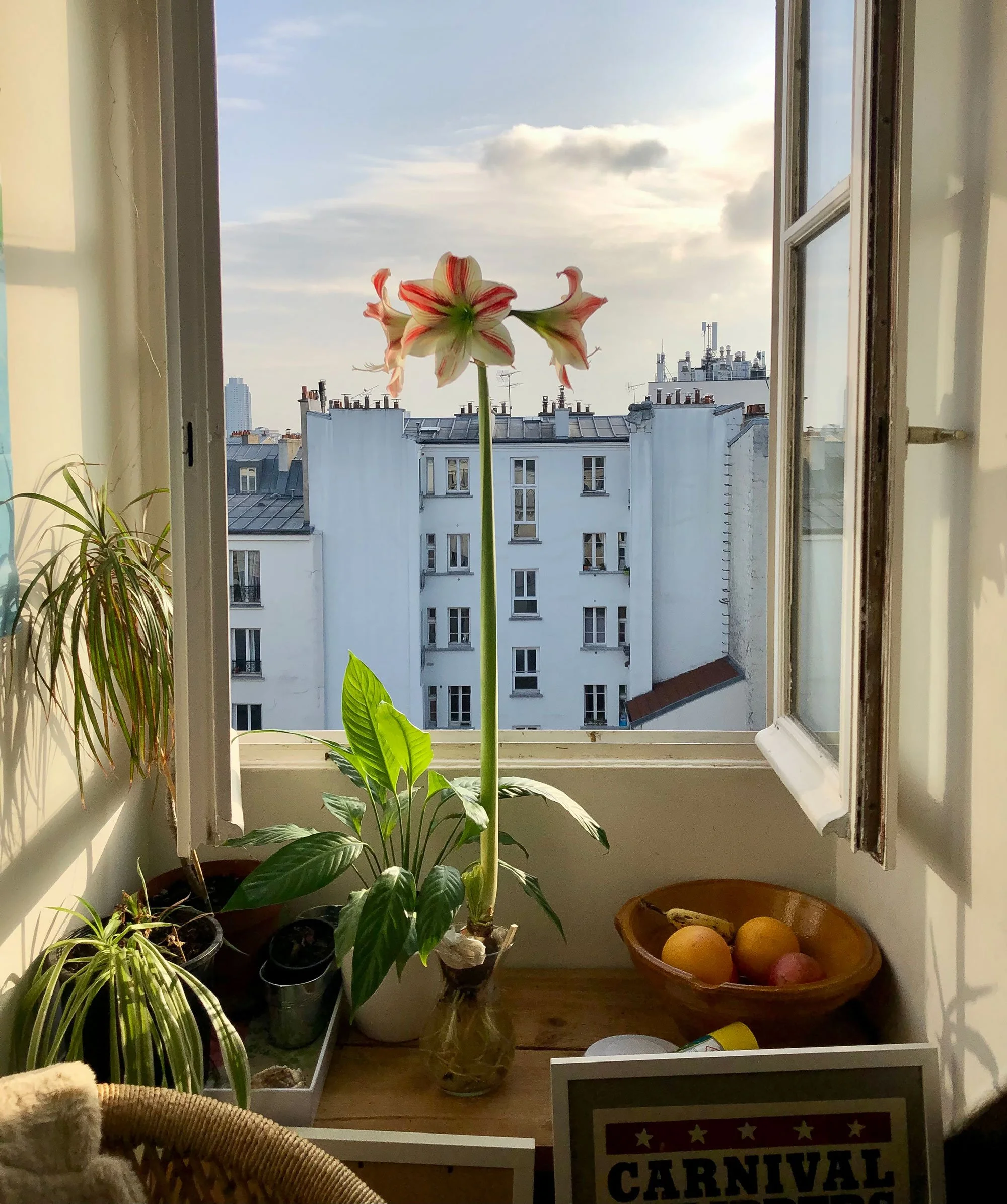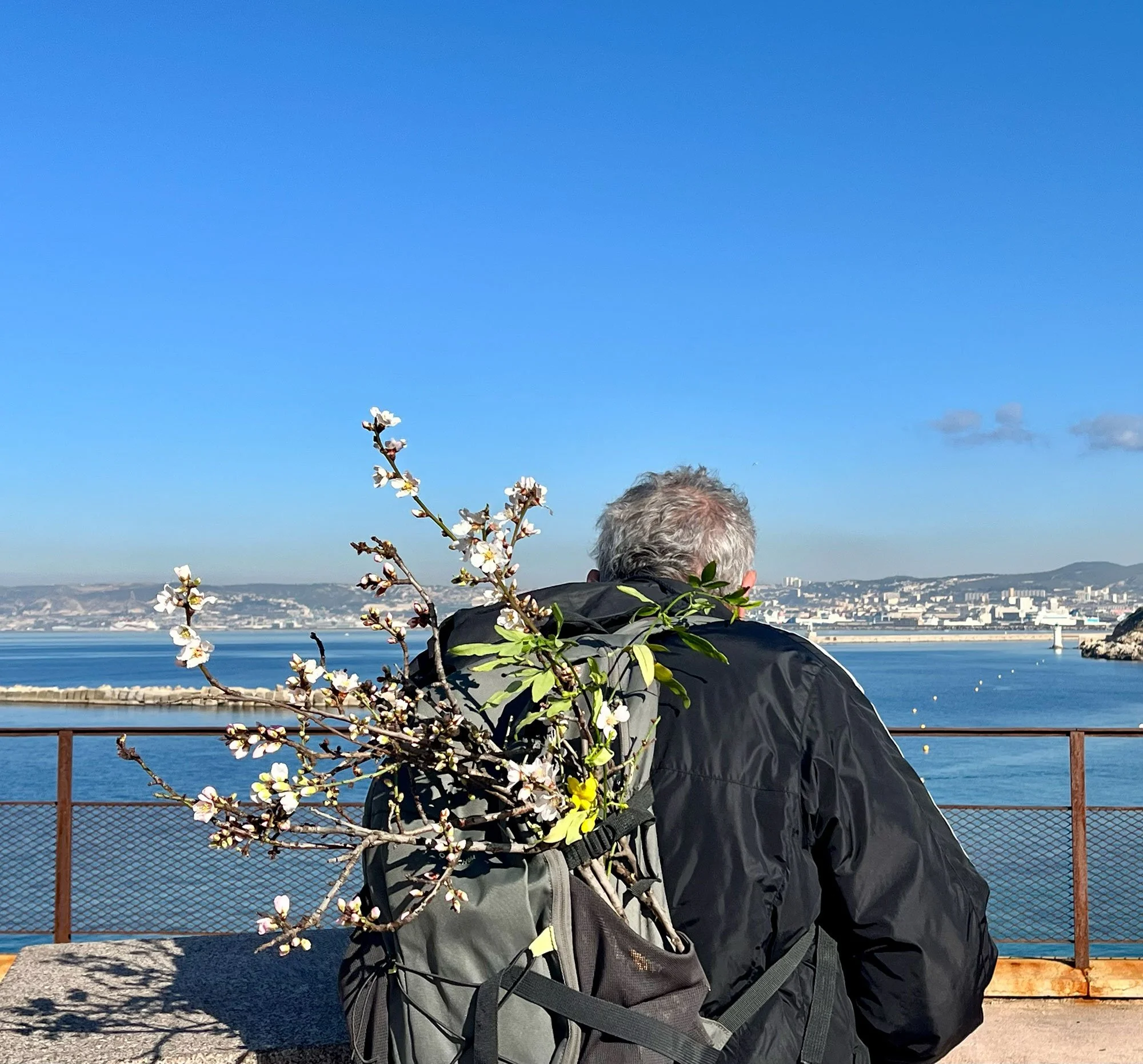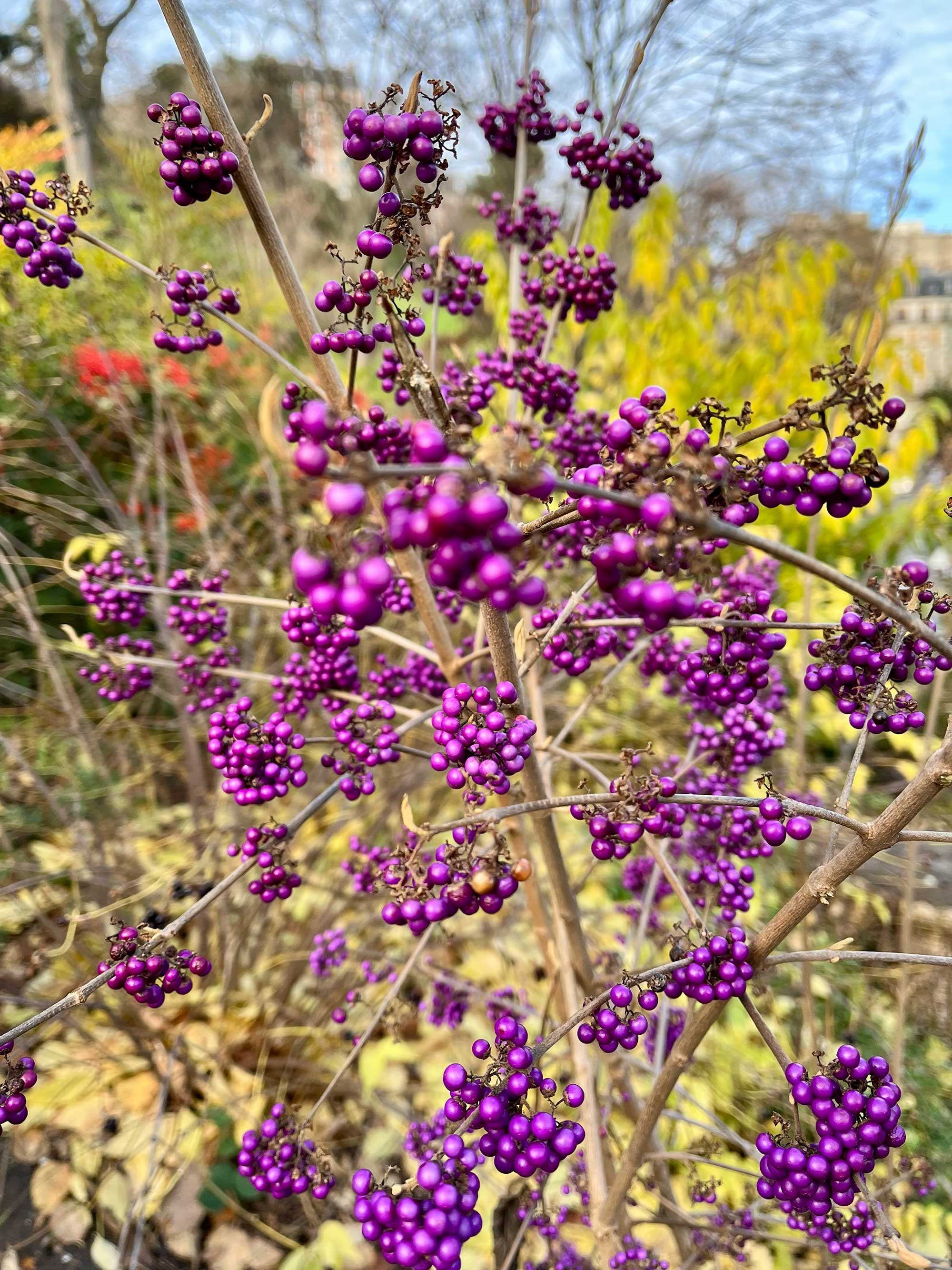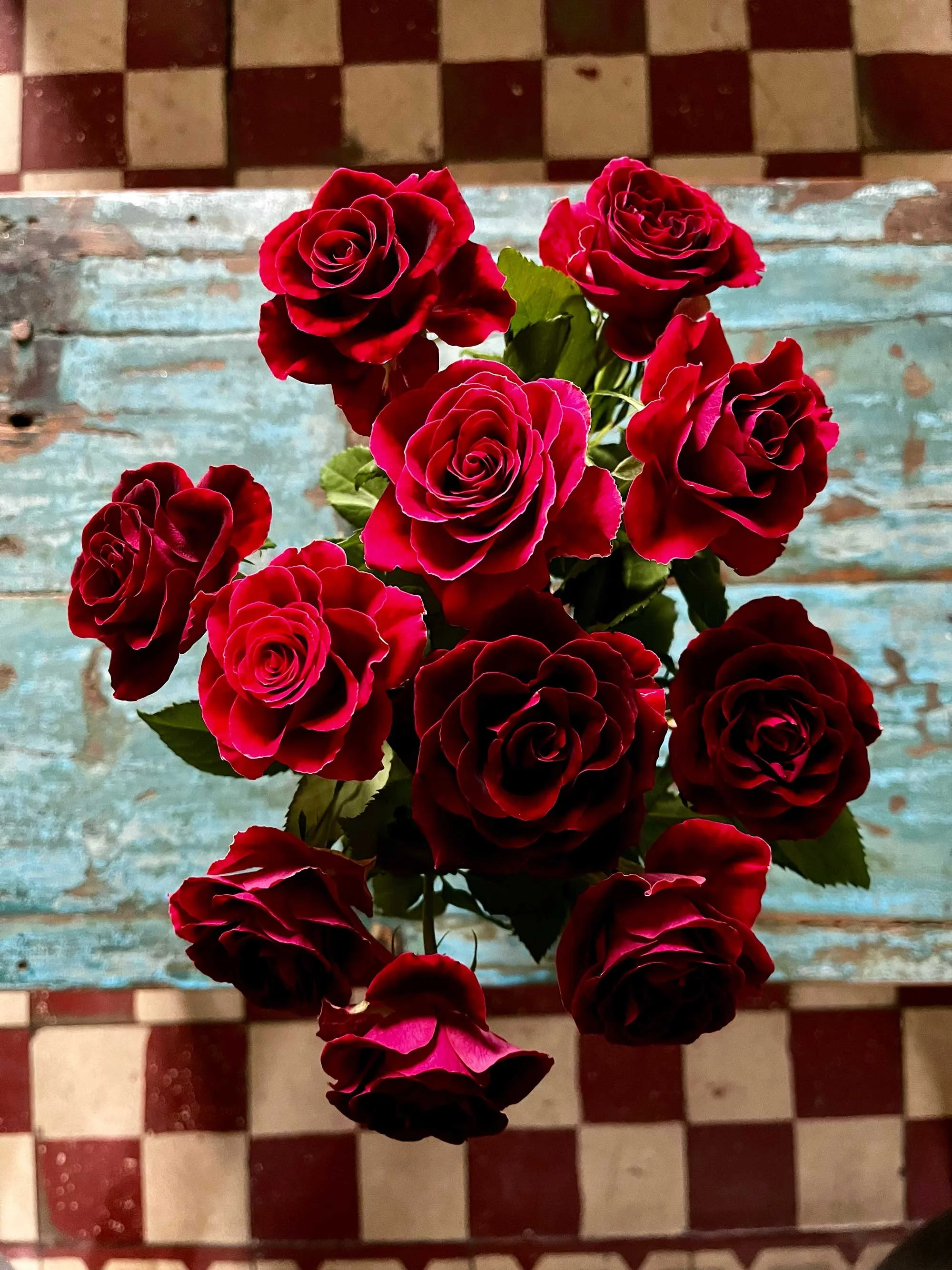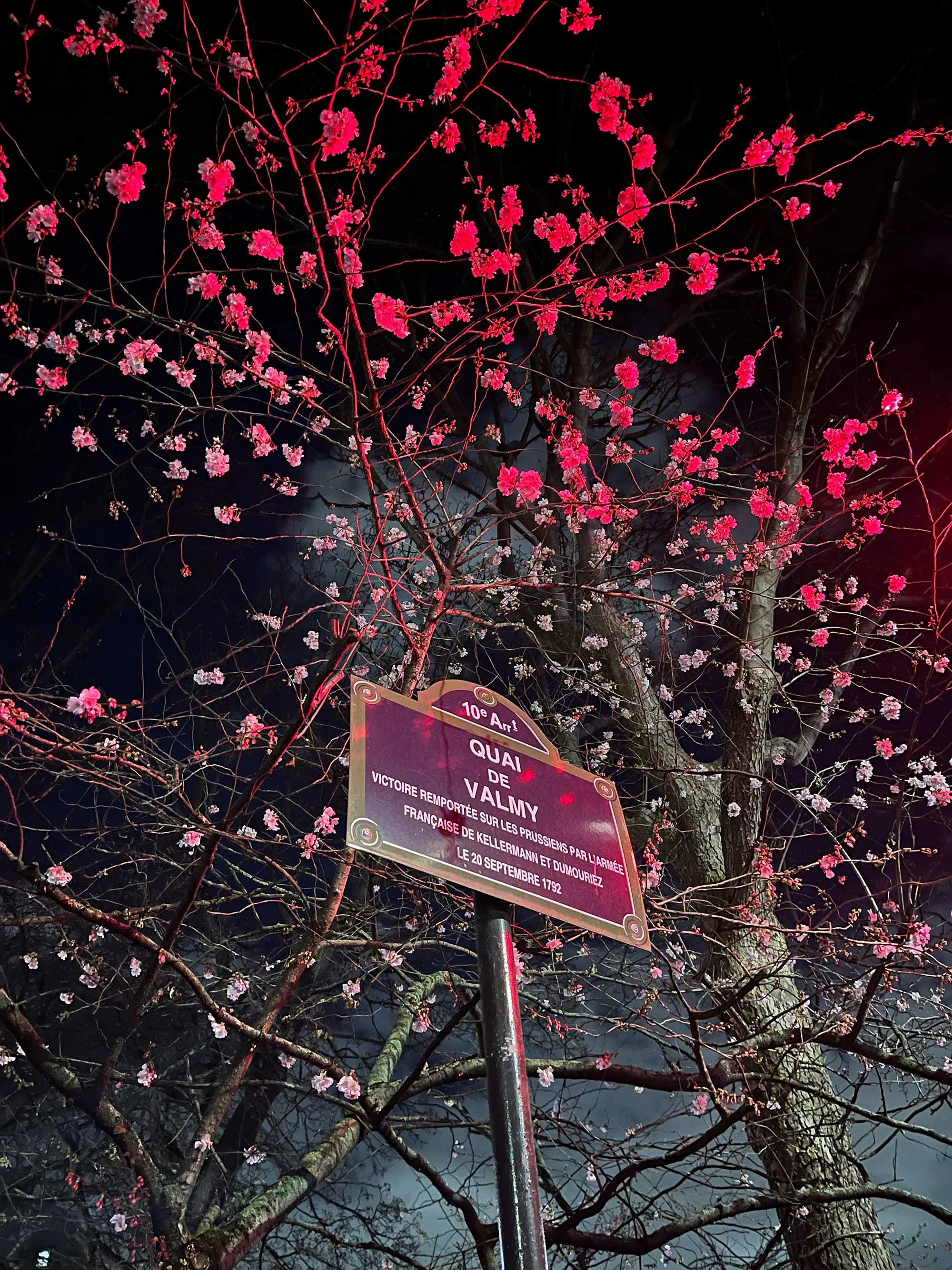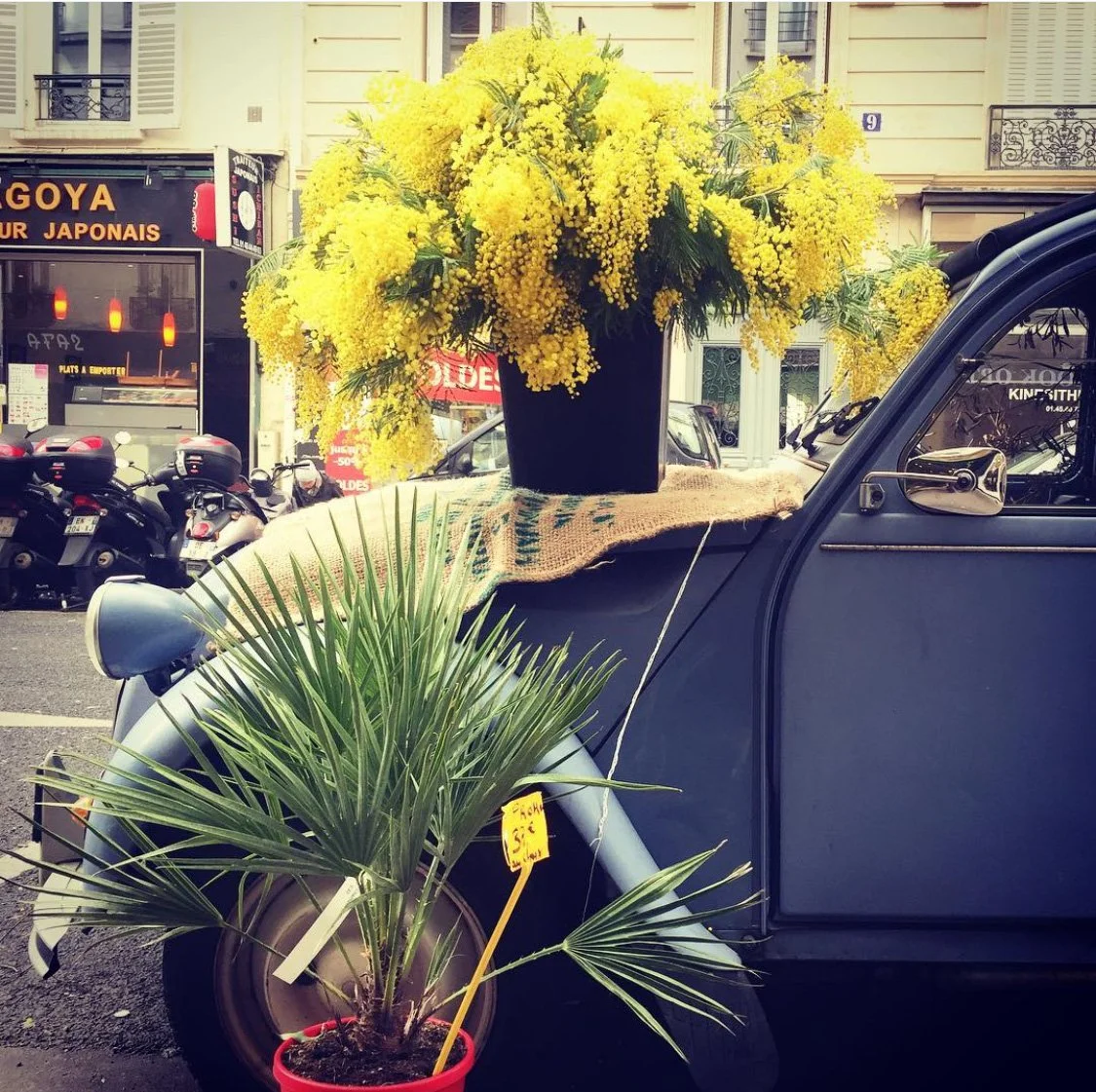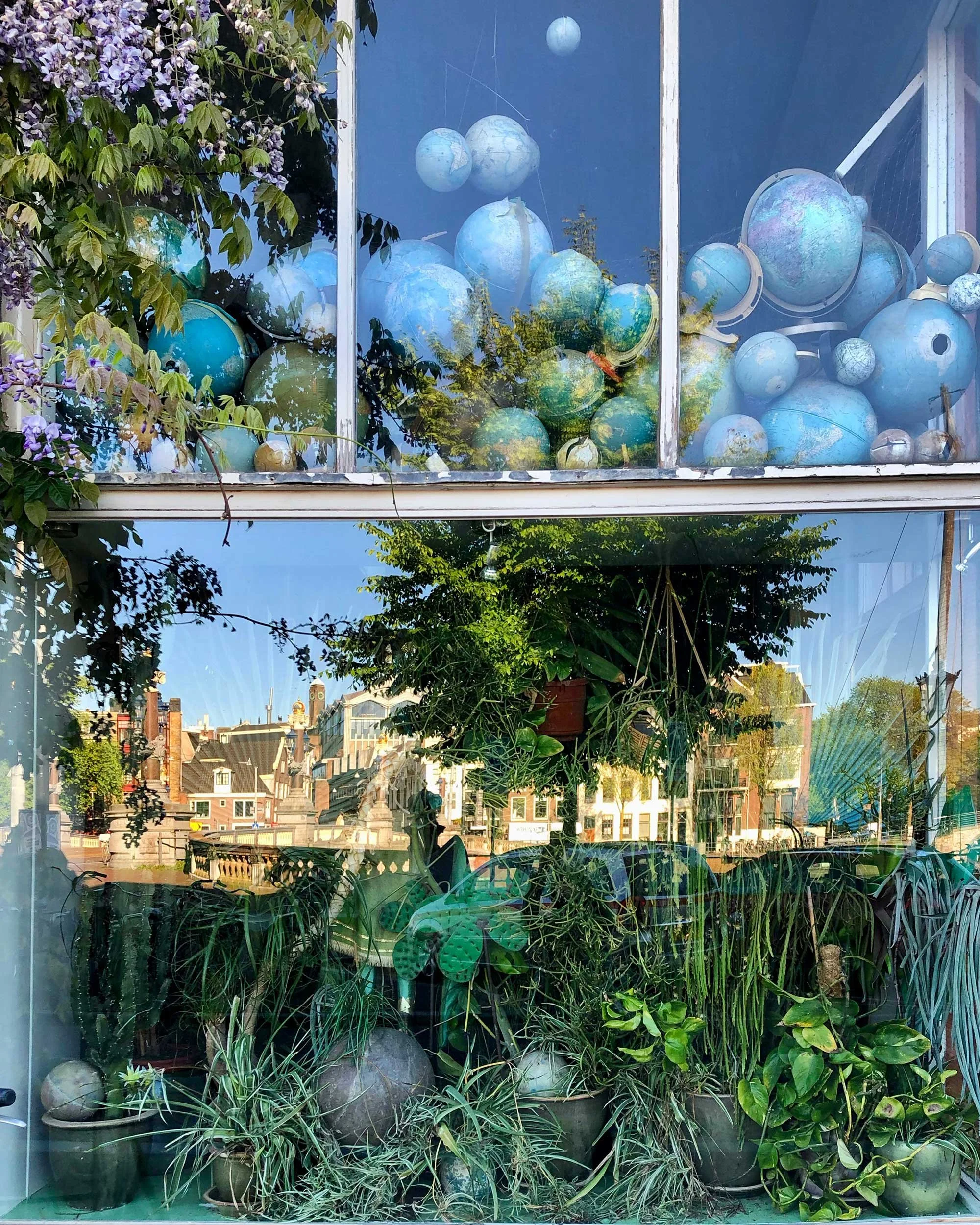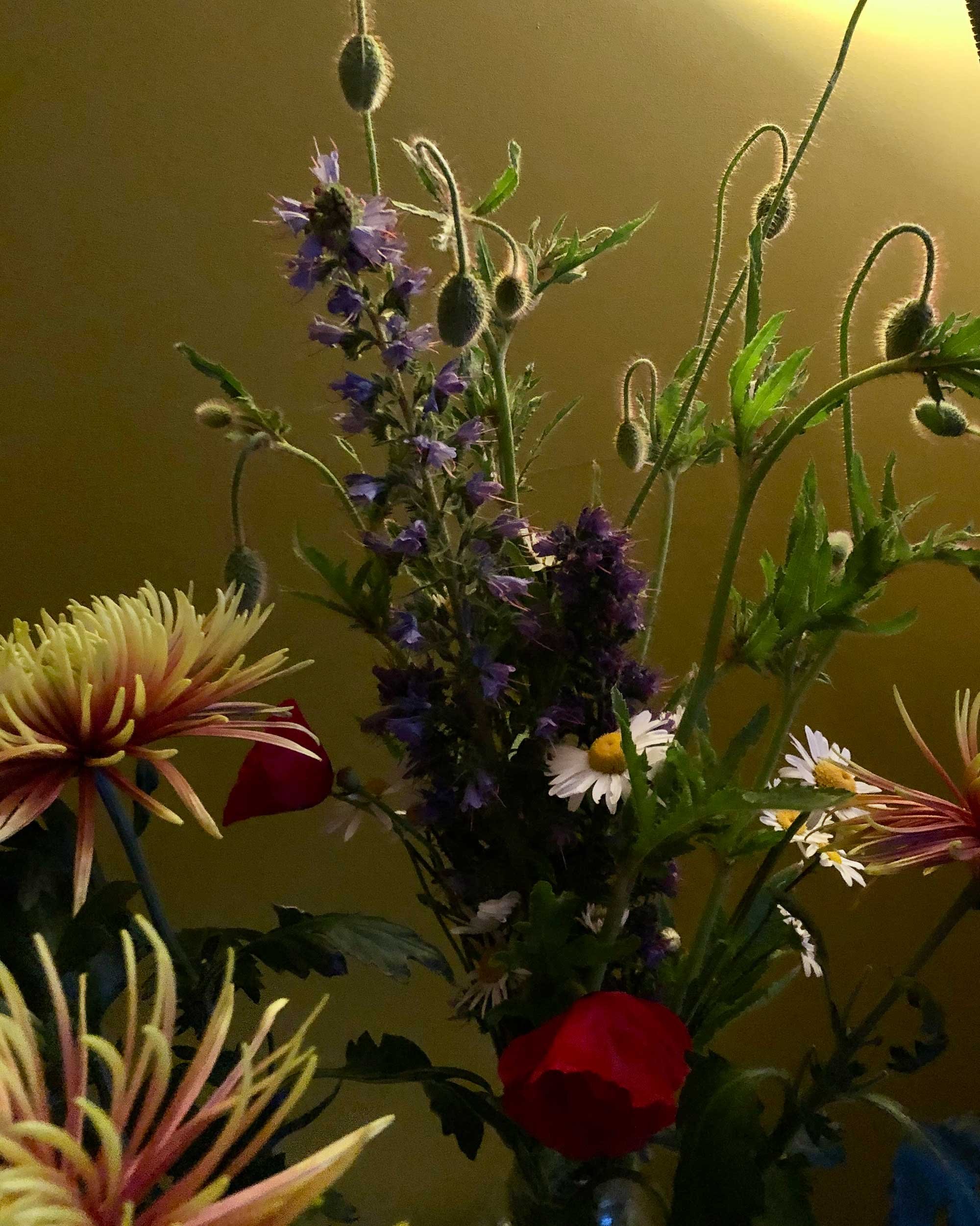An Ode to Flowers by Maral Deghati
Not long ago, shocking images were essential to capture public attention—dramatic scenes of life and trauma, framed as close to the action as possible. These visuals became symbols of human rights, splashed across front pages for a commuting world. But much has changed.
Today’s audience is hyper-connected and flooded with information—often misinformed, rarely deeply informed. Everyone is speaking, few are listening, and less is truly said. The frontlines have multiplied, as have the photographers. Success now favors output over depth.
It’s time we slowed down. As Stanley Greene often said on photo walks, we must “stop and smell the flowers.” There are stories unfurling all around us—if we simply pause and look. In darkness, we seek light, in chaos; clarity.
Lately, I’ve found myself walking more, speaking with strangers, and capturing portraits that tell silent stories. But it’s flowers that have moved me most. Growing plants from seed, watching them stretch to the sun and bloom—it’s a lesson in resilience and regeneration. We, too, are flowers, blooming bravely against all odds.
Every country I’ve lived in nurtures plants differently. In New Delhi, flora grows freely; in Paris, it's trimmed to perfection—a living metaphor for order and control. Landscaping reflects culture, even colonial history. Yet flowers transcend politics. The Altar of Peace in Rome bears floral carvings; elders worldwide know plants’ healing powers. Animals, too, instinctively know which leaves to eat.
From Greek myths to Buddhist teachings, from Christian palms to Jewish lilies, to roses in Islam, flowers symbolize the sacred. They carry meaning across time and culture—purity, rebirth, resistance, peace. Carnations saw the end of a dictatorship in Portugal. Bouquets in rifles protested the Vietnam War. Flowers bloom over battlefields, deserts, and graves, whispering: life simply goes on.
Their beauty is quiet, their message powerful—feminine, tender, and eternal. They nourish, protect, and speak to us without words. A simple image of a flower can be as evocative as a poem—universal, meditative, resilient.
In our time, it’s haunting to witness genocides in real-time and feel powerless. Yet, I’m inspired by young people who bravely demand justice—for humanity, and for the Earth. As journalists, we must remain committed to truth and integrity, offering symbols of hope amid the rubble.
The language of flowers is peaceful and enduring. May you find the ones that speak to you, wherever you are.
Tulip (Genus Tulipa) and Purple Sky, Amsterdam in Spring
Poppies (Papaver Rhoeas), and Cherry Blossoms During Springtime in the City, Jardin des Plantes, Paris
Homegrown Amaryllis, Paris in Spring
Apple Blossoms and Bay of Marseille in Spring
Callicarpa in Spring
Petals Above and Below in Spring
Red Roses for Spring
Rosebuds at Dusk in Spring
Sakura Blossoms Glow Red in Spring
Spring Mimosa and Vintage Citroen in Paris
Spring Wisteria and the Worlds in Windows of Amsterdam
Wild Flower Spring Bouquet
All images © Maral Deghati



